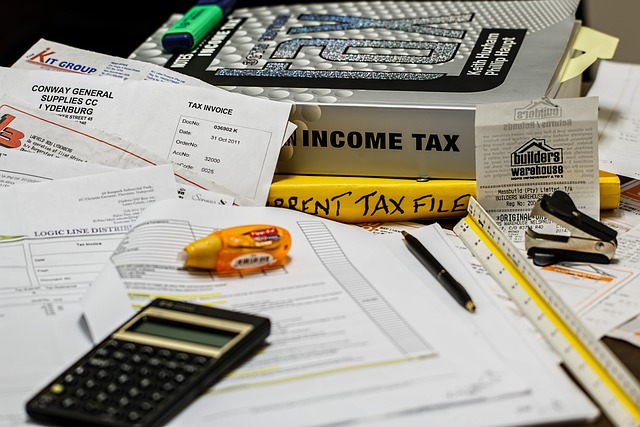

If you’re in the market for a new car but don’t have the best credit, you might be worried about getting stuck with high-interest rates and unfavorable loan terms. However, you can do a few things to increase your chances of getting the best loan terms possible. This blog post will cover a few tips to help you get the most out of bad credit auto loans when financing your car.
1. Get a co-signer
If you’re having trouble getting a loan because of bad credit, one option is to find a co-signer. A co-signer is someone with good credit who agrees to take responsibility for your loan if you can’t make the payments. This reduced risk for the lender often results in better loan terms for you.
When choosing a co-signer, it’s crucial to pick someone you trust and who is comfortable with this arrangement. Remember that defaulting on your loan could damage your relationship with your co-signer. If you’re not sure you can make the payments, it’s better not to put your friend or family member in this position. Taking out a loan is a serious responsibility, so make sure you can handle the payments before you commit.
2. Shop around
When looking for a loan, shopping around and comparing offers from different lenders is essential. Lenders offer different interest rates and loan terms based on factors like your credit history and employment situation. So it’s a good idea to get offers from multiple lenders before deciding.
You can also check with your local bank or credit union to see what they’re able to offer. Remember that the lowest interest rate isn’t always the best deal. You’ll also want to consider factors like the loan term, repayment schedule, and any fees or charges that may apply. You can find the loan that best suits your needs by doing your research.
3. Make a larger down payment
When you’re shopping for a car loan, it’s essential to remember that the terms of your loan will significantly impact your monthly payments and the total amount of interest you’ll pay over the life of the loan. One way to get better loan terms is to make a larger down payment on your car.
This will reduce the money you need to borrow and show the lender that you’re serious about making your payments on time. If you can’t afford to make a sizeable down payment, you might want to consider waiting until you’ve saved up more money before buying a car.
4. Improve your credit score
If you have bad credit, one of the best things you can do is to work on improving your credit score before applying for a loan. There are a few different ways to do this, but some simple steps include paying your bills on time, maintaining a good credit history, and keeping your credit utilization low.
Improving your credit score will take some time, but it will be worth it in the long run when you get better loan terms. Paying your bills on time is one of the most critical factors in calculating your credit score. Set up automatic payments if possible, so you don’t have to worry about forgetting.
Maintaining a good credit history means using credit responsibly and only borrowing what you can afford to repay. Finally, keep your credit utilization low by staying well below your credit limit. Following these simple steps can improve your credit score and get better loan terms when you need them.
5. Consider a longer loan term
When taking out a loan, the interest rate is one of the most critical factors. A higher interest rate will mean that you’ll end up paying more money in interest over the life of the loan. You might consider choosing a longer loan term if you can’t qualify for a reasonable interest rate.
This will increase your monthly payments, but it will also reduce the amount of interest you’ll pay over the life of the loan. Make sure you’re comfortable with making higher monthly payments before choosing a longer loan term.
Bonus Consideration: Budgeting
When budgeting for a car, it’s essential to consider more than just the monthly payment. Insurance, maintenance, and repairs can add hundreds or even thousands of dollars to your annual costs. And if you’re financing the purchase, don’t forget to factor in the interest you’ll be paying. A good rule of thumb is to budget for about 10% of the car’s purchase price for annual ownership costs.
So, if you’re looking at a $20,000 car, you should spend about $2,000 per year on things like insurance, gas, and routine maintenance. By factoring in all the costs of ownership, you can be sure you’re choosing a car that fits your budget and your lifestyle.
Bottom Line
If you’re looking to finance your next car purchase but don’t have the best credit, don’t worry—there are still ways to get good loan terms. Following the tips in this blog post can increase your chances of getting the best loan terms possible. Remember to shop around, get a co-signer if possible, and make a sizeable down payment to reduce the amount of money you need to borrow. With some effort, you should be able to find a loan that works for you.





